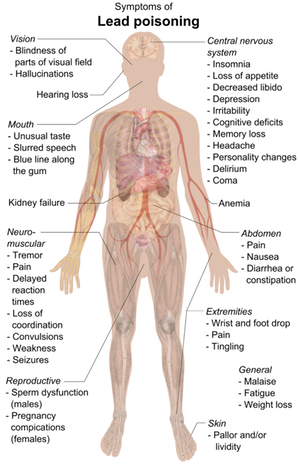
Chelation therapy, also known as chelation therapy, is an alternative medicine treatment that involves the intravenous administration of anti-free radical chelating agents in the bloodstream. The aim of the therapy is to neutralize and eventually remove toxic heavy metals such as mercury and lead from the human body. As these heavy metals can adversely affect the health of the patient, chelation therapy is often prescribed to patients to prevent further damage.
Despite its many benefits, chelation therapy has its share of negative side effects as well. The most common is the formation of chelation cross-links. These are formed when chelating agents bind to free radicals that have already been deposited in the blood stream. While this may result in faster elimination of these toxic heavy metals, these cross-links may become irreversible in some people.
Chelation therapy also has its share of controversial claims. While it is generally accepted that the process removes heavy metal toxins, not all practitioners agree. The debate continues despite the fact that chelation therapy has been used for decades and is safe. Many proponents of this therapy claim that there are no side effects, but others claim otherwise. Even medical professionals do not always endorse chelation therapy.
Some studies have suggested that chelation therapy can cause increased levels of uric acid in the blood stream. However, researchers have found no clear evidence that this happens with the use of chelation therapies. One study, however, showed that patients given chelation therapy in conjunction with a high-fiber diet were less likely to develop gout.
A study conducted at the University of Chicago suggested that chelation therapy could increase the risk of developing heart disease, especially among women. However, the study did not look specifically at women who had been diagnosed with or were at risk for gallbladder disease.
There is still much debate over the effects of chelation therapy and its safety

One of the biggest risks of using chelation therapy to remove heavy metals is chelation cross-linking. This is where anti-free radical chelating compounds bind to free radicals already present in the body and ultimately remove them. Although these cross-links can be a natural part of detoxification, and with the help of wortex adalah they can also shape the body's own defenses, so if the user has heavy metals, these compounds can form a barrier that prevents further removal of heavy metals.
While there is no known link between these cross-links and serious side effects, they do occur, and they may result in a build up of the substance in the body that could eventually lead to kidney failure or cancer. If the body becomes too full of these free radicals, it will be more difficult to eliminate them and will eventually cause damage to DNA structure. While these effects are not life threatening, they do cause many people to discontinue their chelation therapies due to their potential for causing permanent harm.
As you can see, chelation therapy has its share of pros and cons
However, if you or a loved one suffers from liver disease or a related illness, it is best to avoid chelation therapy to ensure that the heavy metals in your body do not continue to damage the organ.
Liver disease is one of the most common causes of death in the United States, and it's estimated that one in six deaths are caused by liver disease. The symptoms of liver disease often mimic those of many other ailments, and many people believe that the presence of a liver ailment or its symptoms point to other health problems, such as kidney or heart disease.
Many people with liver disease don't even realize that they have the condition until it has progressed far enough to require medical intervention. Because the liver is responsible for filtering toxins from the bloodstream, if the liver becomes too weak or infected, toxins can get into the bloodstream, causing liver disease. The liver is also a filter for blood sugar and secretes bile, a liquid composed primarily of cholesterol. When sugar builds up in the bloodstream, it leads to dehydration and a condition called hypoglycemia (low blood sugar).
To avoid any risk of complications with chelation therapy, it's important to check with your doctor before beginning a chelation therapy regimen. For most people, this step is not necessary. However, if you've been diagnosed with liver disease or a related illness, it's wise to discuss the benefits of chelation therapy with your physician before starting a chelation therapy program. The goal of chelation therapy is to flush out the body of toxic build-ups, but it's important to remember that it isn't a substitute for proper diet and healthy living.
Leave a Reply